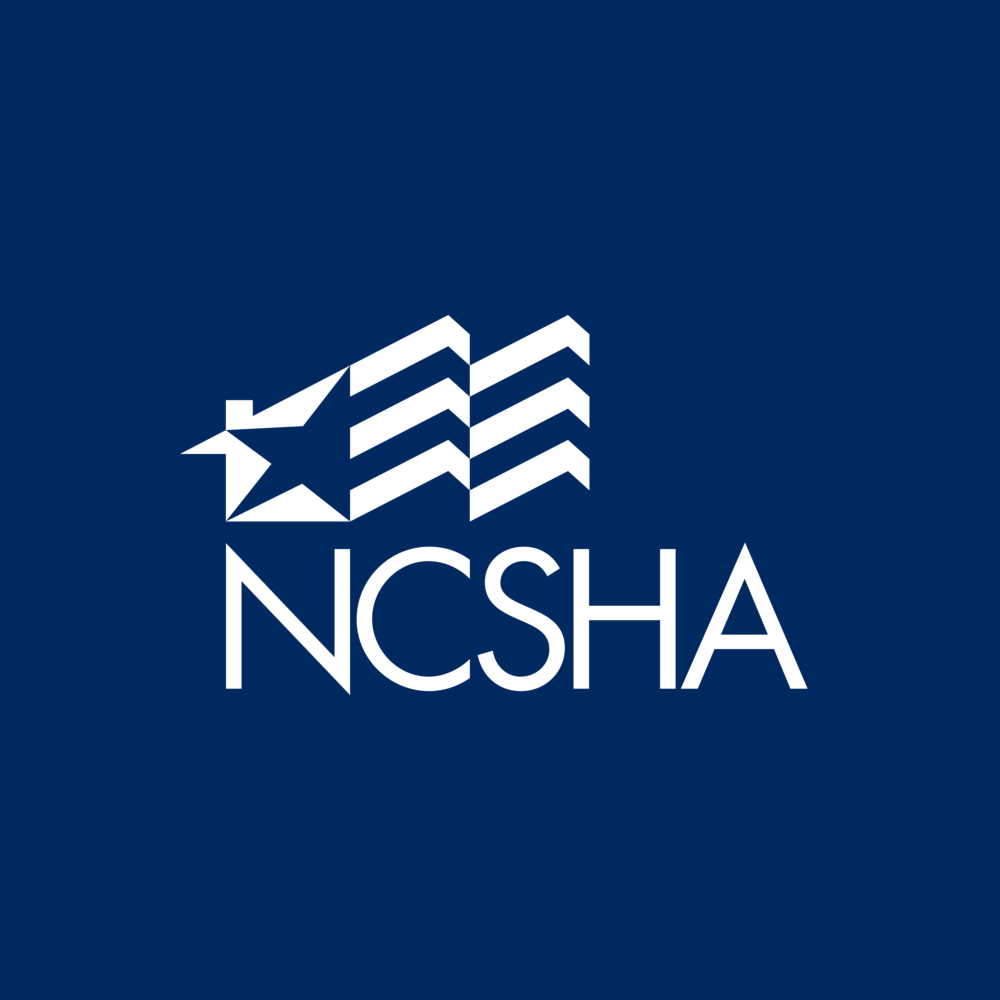The Emergency Rental Assistance Program: Program Outlook and Outcomes at Year Two

Last month, the Treasury Department celebrated the second anniversary of the American Rescue Plan Act (ARPA), which authorized a number of key emergency housing programs in response to the coronavirus pandemic, including the second allocation of funds for the Emergency Rental Assistance (ERA) program. Under the congressionally set ERA formula, a large majority of these funds flowed through state agencies, including 28 HFAs, with some local governments receiving smaller direct grants. Just two years into the program, the vast majority of the $46.55 billion authorized for the program — $25 billion for ERA 1 enacted at the end of 2021 and $21.55 billion for ERA 2 enacted in ARPA in March 2022 — has been spent, providing rental and utility assistance to millions of families in need across the nation.
According to Treasury, as of December 2022, the ERA program had been used to make more than 10.3 million rental assistance payments. Based on research from Princeton’s Eviction Lab, in 2021 alone, the ERA program, in conjunction with other emergency response programs and policies, helped to prevent at least 1.36 million eviction cases.
But what is the current status of state ERA programs? NCSHA recently surveyed the state agencies that administer the program to find out and received responses from 44 states.
- While ERA 2 will not end until September 30, 2025 (the ERA 1 program having already ended), 73 percent of states responding to the survey are no longer accepting new applications because they have already exhausted all their available ERA resources or are soon to do so.
- Of the 27 percent of states still accepting applications, 26 percent expect to close their application portals within six months, 26 percent expect their portals to remain open for more than six months, and the remainder are not sure how long they will be able to continue to accept applications.
In July 2022, Treasury published new guidance implementing the statutory allowance that an ERA grantee may use unobligated ERA 2 funds for affordable rental housing and eviction prevention purposes for very low-income households once the grantee has obligated 75 percent of its total ERA 2 funds for otherwise ERA-eligible activities. This meant states and local governments could use a portion of ERA 2 funds for the production and preservation of affordable housing and to expand the eviction prevention work they may also have been doing with the limited amount of ERA funds that could be used for housing stability services.
Based on the NCSHA survey of state ERA grantees:
- 43 percent report they intend to use ERA 2 funds to finance affordable housing production and/or preservation, 39 percent do not plan to use ERA 2 for this purpose, and the remainder have not yet decided if they will do so.
- Half of states responding report they intend to use ERA 2 funds for eviction prevention purposes (in addition to the up to 10 percent of total grant amounts otherwise allowable for housing stability services), 32 percent do not plan to do so, and the remainder have not yet decided.
States and their federal and local partners rose to the challenge of standing up ERA programs in record time to meet the needs of low-income households impacted during the pandemic. As a result, they were able to stave off disaster for millions of families across the country.

